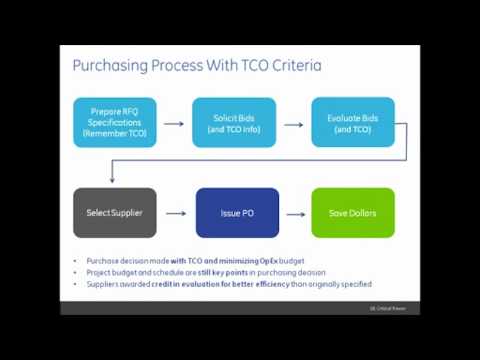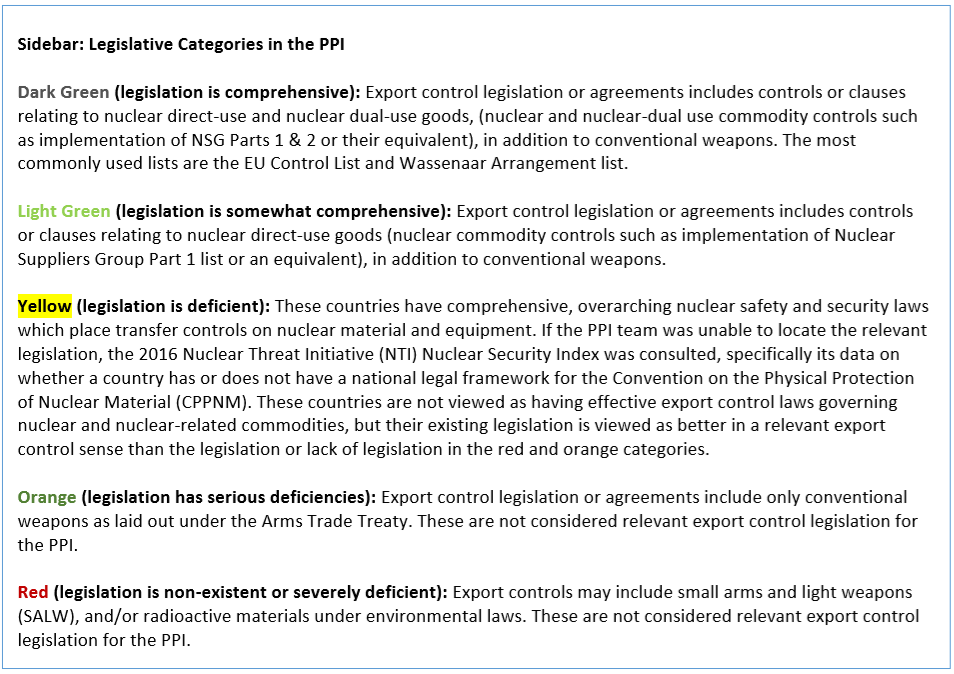Contents:


First, companies can take a https://1investing.in/ of the original cost as the salvage value. Second, companies can rely on an independent appraiser to assess the value. Third, companies can use historical data and comparables to determine a value.
Berkeley’s Ohmega Salvage to close after 49 years – Berkeleyside
Berkeley’s Ohmega Salvage to close after 49 years.
Posted: Wed, 18 Jan 2023 08:00:00 GMT [source]
Learn financial statement modeling, DCF, M&A, LBO, Comps and Excel shortcuts. There are six years remaining in the car’s total useful life, thus the estimated price of the car should be around $60,000. The impact of the salvage value assumption on the annual depreciation of the asset is as follows.
Other Methods of Depreciation
It is calculated by subtracting accumulated depreciation from the asset’s original cost. The balance sheet reports the book value, not the salvage value. This method requires an estimate for the total units an asset will produce over its useful life.
Buying, selling, or leasing – Michigan Courts
Buying, selling, or leasing.
Posted: Fri, 22 Apr 2022 22:02:19 GMT [source]
Book value is the total estimated value that a shareholder in a company receives if it is sold or liquidated at any moment of time. It is a metric that helps investors and analysts to evaluate if the stock is overpriced or underpriced when compared to actual fair market value. Salvage value is used by management to calculate annual depreciation in the accounting records and to calculate depreciation expense on the tax return. For avoidance of doubt, any consideration or royalties received from Sub-Licensee are excluded.
Using the formula above, we can calculate the potential salvage value of the dishwasher. Depreciation on manufacturing equipment is a _________________ cost. The salvage value after-tax means the net proceeds received after deducting the tax from the total proceeds.
Sum of the Years’ Digits Depreciation Method
All assets have a salvage value, which is the estimated value each asset will have after it is no longer going to be used in the operation of a business. Also known as the residual value or scrap value, the salvage value may be zero or a positive amount. In other words, when depreciation during the effective life of the machine is deducted from Cost of machinery, we get the Salvage value.

Salvage value can be described as the estimated value which a company will realise as a part of terminal cashflow after utilizing asset throughout its useful life. Different valuation techniques are prescribed for salvage value calculation in different applicable accounting standards. Salvage value plays an important role in determining how to calculate salvage value the yearly depreciation charge for an asset. Generally, salvage value is very minimal as compared to its original cost as assets gets fully utilized.
Let’s say the company assumes each vehicle will have a salvage value of $5,000. This means that of the $250,000 the company paid, the company expects to recover $40,000 at the end of the useful life. Imagine a situation where a company acquires a fleet of company vehicles.
Salvage Value Calculator
Each year, the depreciation expense is $10,000 and four years have passed, so the accumulated depreciation to date is $40,000. The difference between the asset purchase price and the salvage value is the total depreciable amount. TheSalvage Value refers to the residual value of an asset at the end of its useful life assumption, after accounting for total depreciation.
Different depreciation methods handle salvage value differently. Salvage value is used in accounting to determine depreciation amounts and deductions. It is the estimated value that the owner is paid when the item is sold at the end of its useful life.
Therefore, the salvage value of the machinery after its effective life of usage is INR 350,000. Therefore, the salvage value of the machinery after its effective life of usage is INR 30,000. Written-down value is the value of an asset after accounting for depreciation or amortization.
In regards to depreciation, salvage value is the estimated worth of an asset at the end of its useful life. If the salvage value of an asset is known , the cost of the asset can subtract this value to find the total amount that can be depreciated. Assets with no salvage value will have the same total depreciation as the cost of the asset.
ABC propeller industries buys an asset for $100,000, and estimates that its salvage value will be $10,000 in five years, when it plans to dispose of the asset. This means that ABC will depreciate $90,000 of the asset cost over five years, leaving $10,000 of the cost remaining at the end of that time. ABC expects to then sell the asset for $10,000, which will eliminate the asset from ABC’s accounting records. If it is too difficult to determine a salvage value, or if the salvage value is expected to be minimal, then it is not necessary to include a salvage value in depreciation calculations. Instead, simply depreciate the entire cost of the fixed asset over its useful life.
- Compute the payback period and accounting rate of return for this equipment.
- Divide this amount by the number of years in the asset’s useful lifespan.
- The term means the estimated value that an asset will get upon its sale at the end of its useful life.
- For accounting, in particular, depreciation concerns allocating the cost of an asset over a period of time, usually its useful life.
- Companies can also use comparable data with existing assets its owned, especially if these assets are normally used during the course of business.
Equipment acquired at the beginning of the year at a cost of $50,200 has an estimated residual value of $3,700 and an estimated useful life of five years. When valuing a company, there are several useful ways to estimate the worth of its actual assets. Book value refers to a company’s net proceeds to shareholders if all of its assets were sold at market value. Salvage value is the value of assets sold after accounting for depreciation over its useful life. You must subtract the asset’s accumulated depreciation expense from the basis cost. Otherwise, you’d be “double-dipping” on your tax deductions, according to the IRS.
The replacement cost approach estimates what it would cost to replace an asset with a new one, minus any depreciation. The cost approach uses the costs for materials and labor needed to repair an asset, minus any depreciation. If the asset has joint personal and business use, the owner can depreciate only the business use percentage of the asset. The salvage value of an asset directly affects depreciation accounting. During 2018 she reported $530,000 of revenues and $106,000 of expenses …
Florida Rep. Greg Steube offers bill to aid with Hurricane Ian-related … – Spectrum News NY1
Florida Rep. Greg Steube offers bill to aid with Hurricane Ian-related ….
Posted: Mon, 06 Mar 2023 08:00:00 GMT [source]
The market approach uses what a willing buyer would pay for the asset, minus any depreciation. The asset is used in a business or income-producing activity. Based in Greenville SC, Eric Bank has been writing business-related articles since 1985. Learn more about this topic, accounting and related others by exploring similar questions and additional content below.

It’s your choice whether to use salvage value or net salvage value — the property’s end value minus the cost of disposal. Whichever you choose, the IRS would like you to remain consistent. If disposal costs more than the salvage value, treat the net salvage value as zero. If you depreciate personal property over a period of at least three years, you can lowball your salvage estimate by an amount of up to 10 percent of the property’s cost. If the salvage value is less than 10 percent of the cost, you can simply ignore it.

There are many methods of distributing depreciation amount over its useful life. The total amount of depreciation for any asset will be identical in the end no matter which method of depreciation is chosen; only the timing of depreciation will be altered. If a company wants to front load depreciation expenses, it can use an accelerated depreciation method that deducts more depreciation expenses upfront. Many companies use a salvage value of $0 because they believe that an asset’s utilization has fully matched its expense recognition with revenues over its useful life. The first step to calculate depreciation is to subtract the salvage value of assets from its acquisition cost. Salvage value is the scrap/ residual value for which the asset can be sold after the end of its useful life.